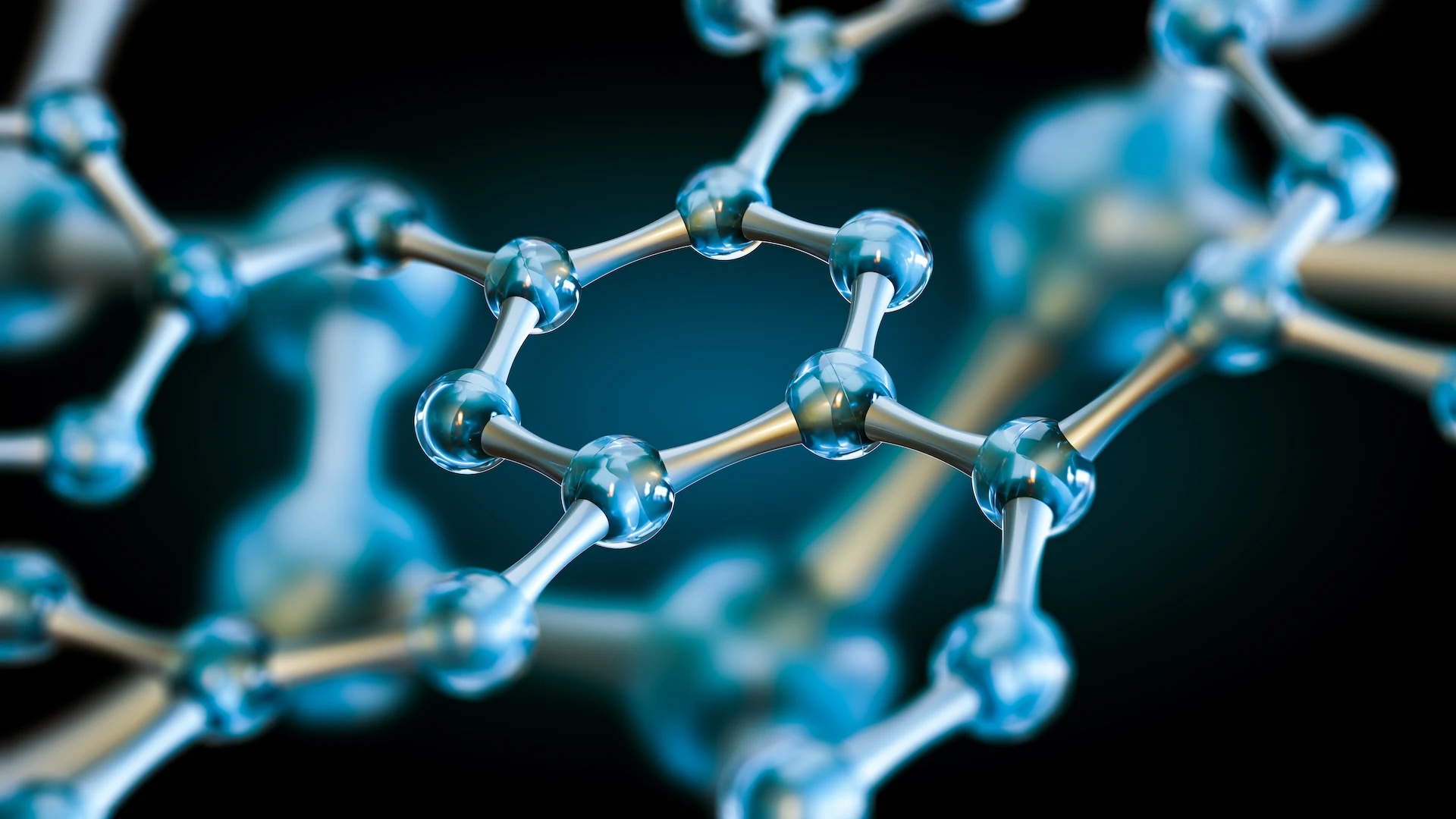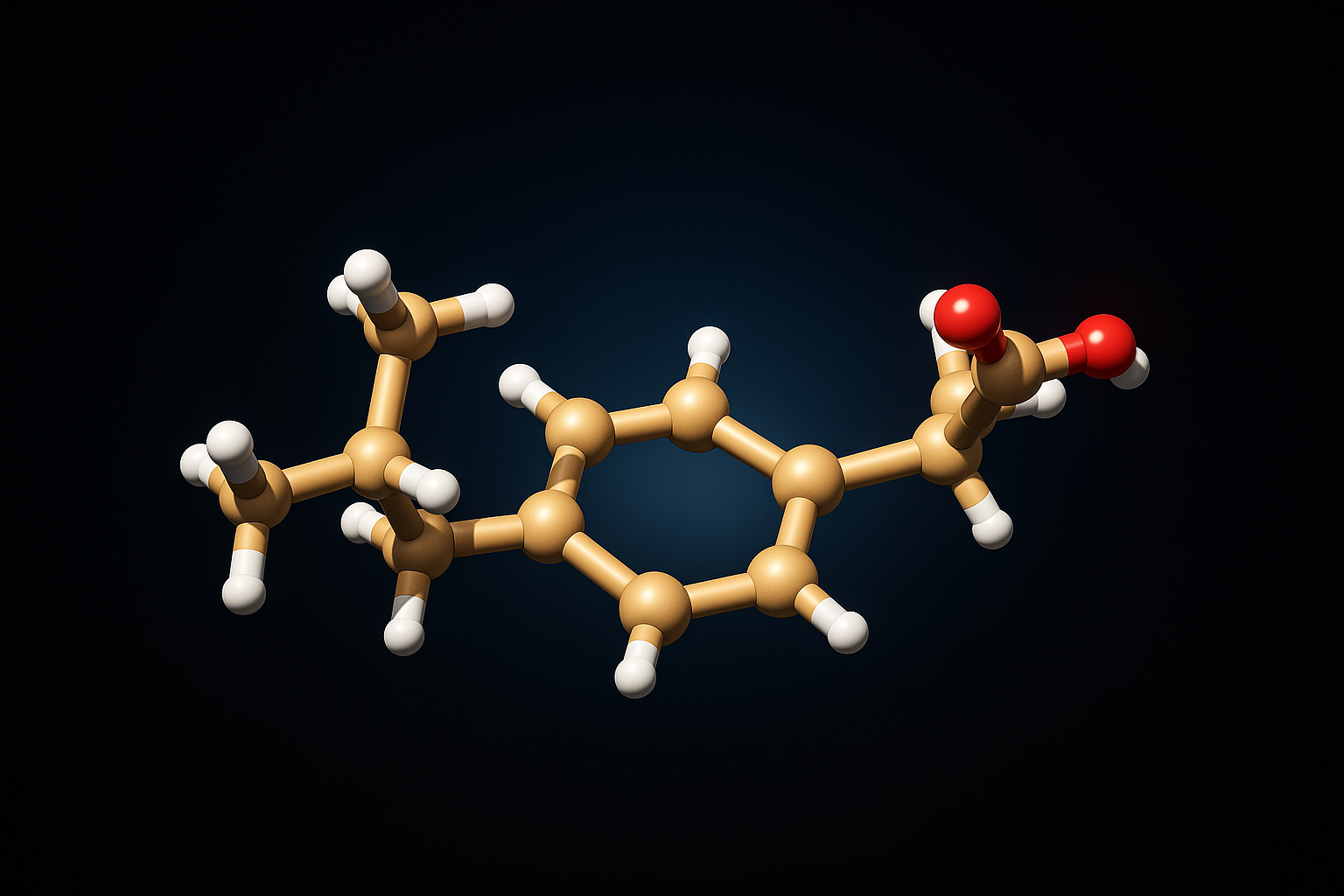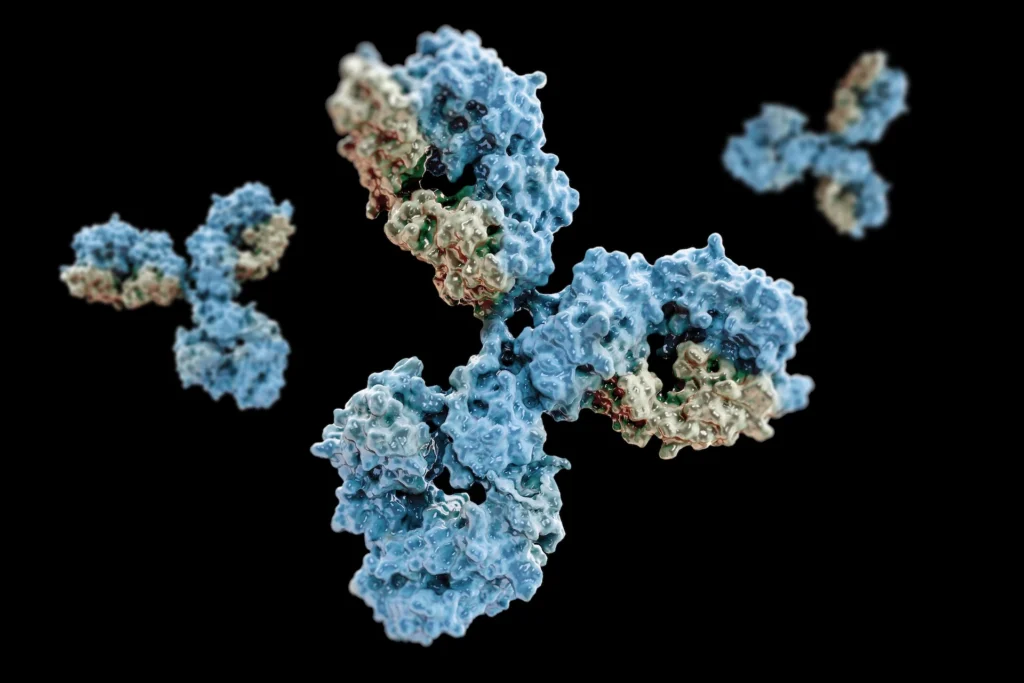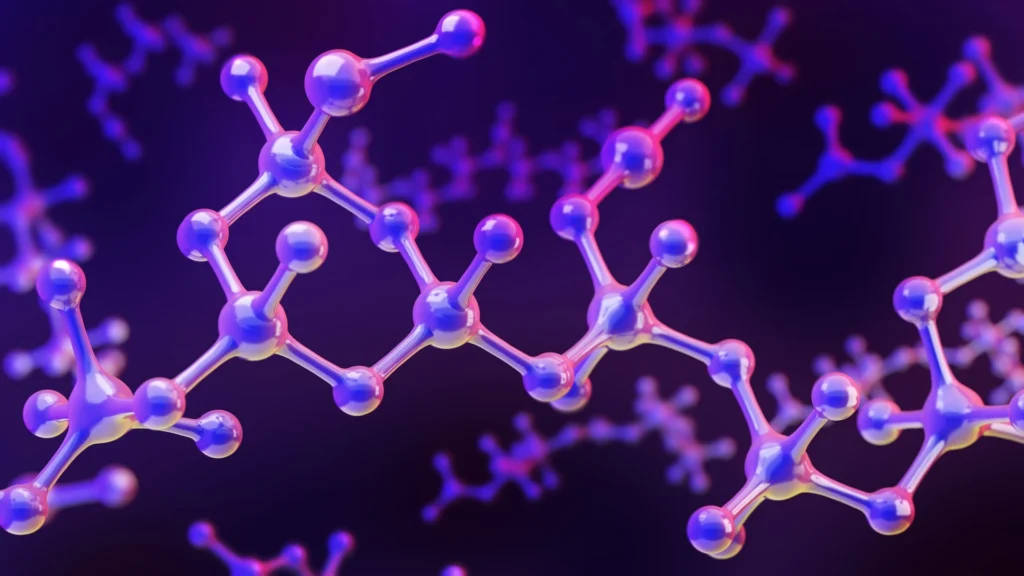We studied how carbonate electrolytes in lithium-ion batteries organize and move—key factors for ion transport. Using molecular dynamics and 2D infrared (2DIR) spectroscopy modeling, we compared linear vs. cyclic carbonate solvents. These dynamics help explain differences in lithium-ion mobility and the microscopic interactions that govern battery electrolyte performance.
Background
Understanding how lithium ions interact with carbonate electrolytes is critical for improving the performance of lithium-ion batteries. Traditional experimental methods can capture some macroscopic behaviors, but they struggle to directly probe the microscopic solvation dynamics that govern ion transport. Then this create:
- Mechanistic blind spots
Can’t distinguish chemical exchange vs. intermolecular coupling → misdirected models, additive design, and SEI/CEI control. - Missing micro-parameters
Lack of coordination numbers, exchange rates, and residence times weakens model calibration and hurts transferability across temperature, salt concentration, and cell formats. - Slow, costly formulation cycles
Without predictive molecular metrics, teams rely on trial-and-error mixing and macroscopic tests instead of targeted screening. - Reliability & safety risks
Inability to quantify fast solvation dynamics at extremes (high C-rate, low temperature) fuels QC/lot variability and optimization of the wrong knobs.
Challenge
To advance electrolyte design, researchers needed a practical way to:
- Disentangle solvent roles: Determine how linear vs. cyclic carbonates coordinate Li⁺ (preferred binding sites, coordination numbers, and solvent-cage structure) under realistic salt concentrations and temperatures.
- Resolve fast dynamics: Quantify coordination exchange and ion–solvent dissociation on sub-picosecond to nanosecond timescales, separating true chemical exchange from mere intermolecular coupling in spectroscopic signals.
- Bridge scales: Connect these microscopic interactions to macroscopic ion mobility and conductivity—i.e., translate exchange rates and residence times into transport parameters relevant for battery performance.
- Guide formulation choices: Provide actionable metrics to compare solvents/additives, reduce trial-and-error screening, and predict behavior across operating conditions (high C-rate, low temperature, high salt).
Approach: Molecular Simulation + Infrared Spectroscopy
To tackle these questions, we paired atomistic simulations with spectroscopic modeling to see both the motions and the signals they produce:
Molecular Dynamics (MD) Simulations
- Map the solvation shell: Track Li⁺ coordination in linear vs. cyclic carbonates (identity of ligands, coordination numbers, residence times).
- Follow exchange pathways: Count and time solvent exchange and ion-pair dissociation/association events along full trajectories.
- Condition-aware insights: Probe how salt concentration and temperature reshape the solvent cage and Li⁺ mobility indicators.
- Quantitative outputs: Generate distributions of Li–O distances/angles, time-correlation functions, and exchange rate constants for model calibration.
Two-Dimensional Infrared (2DIR) Spectral Modeling
- Link molecules to measurements: Convert MD-derived structures/dynamics into simulated 2DIR spectra, enabling direct comparison with experiments.
- Disentangle mechanisms: Separate short-waiting-time cross peaks driven by intermolecular coupling from growth at longer waiting times driven by chemical exchange.
- Extract kinetic parameters: Fit cross-peak growth and lineshape evolution to obtain exchange rates, dephasing times, and population transfer constants.
- Close the loop: Use spectral fits to refine MD assumptions (e.g., coordination motifs), creating a self-consistent MD↔2DIR interpretation of Li⁺ solvation dynamics.
Key Findings
- Chemical exchange dominates the 2DIR signature
- The time-dependent growth of cross peaks in 2DIR is governed mainly by solvent exchange in Li⁺’s first solvation shell. Intermolecular coupling contributes at very short waiting times, but longer-timescale evolution tracks true coordination rearrangements.
- Cyclic carbonates exhibit faster coordination dynamics
- Compared with linear carbonates, cyclic solvents break and reform Li⁺ complexes more rapidly, indicating shorter residence times and quicker solvent-cage reorganization—behaviors that are consistent with enhanced ion transport under comparable conditions.
- Distinct coordination fingerprints by solvent class
- Each solvent type shows characteristic coordination numbers and motifs (e.g., preferred Li–O contacts and ligand counts). These structural fingerprints provide a direct link between local solvation structure and macroscopic properties such as ion mobility and bulk conductivity.
Impact
Advancing electrolyte design
MD exposes otherwise hidden solvent–ion coordination, exchange, and residence times, turning qualitative hypotheses into quantitative design knobs (e.g., target coordination numbers, exchange-rate windows). These metrics enable composition tuning (solvent ratios, salt concentration, additives) to boost Li⁺ mobility and bulk conductivity with fewer trial-and-error cycles.
Bridging theory and experiment
By reproducing 2DIR cross-peak growth and lineshapes from MD-derived dynamics, the study provides a closed loop between simulation and measurement. This cross-validation improves confidence in parameterized transport models and helps deconvolute intermolecular coupling vs. chemical exchange, sharpening mechanistic interpretations of experimental data.
Promoting molecular simulation as a practical tool
The workflow (MD → spectral modeling → kinetic fitting) functions as a predictive screening pipeline: it ranks solvents/additives, anticipates behavior under temperature/salt changes, and informs SEI/CEI-relevant coordination states. In short, MD and spectral modeling move from academic demonstrations to actionable guidance for real-world battery development.
Why It Matters
Molecular simulation exposes Å-scale structures and fs–ns dynamics that are invisible to most experiments, turning hidden variables—coordination numbers, residence times, exchange rates—into design parameters. By showing how MD clarifies ion–solvent coordination, dissociation, and exchange and reproduces spectroscopic signatures, this work bridges microscopic mechanisms to macroscopic conductivity.
What that delivers in practice:
- Faster, cheaper screening: Prioritize solvent systems/additives before costly synthesis and cycling tests.
- Predictive knobs: Tune composition for target transport properties rather than relying on trial-and-error.
- Better translation to devices: Anticipate performance across temperatures, salt concentrations, and cell formats.
- Lower risk: Mechanistic insight improves SEI/CEI control, safety margins, and scale-up decisions.
Bottom line: validated computational workflows accelerate materials discovery and de-risk energy-technology development.
👉 Takeaway: Molecular simulation is not just a theoretical complement – it is an essential innovation engine for next-generation lithium-ion batteries and beyond.
Reference
Revealing the Solvation Structure and Dynamics of Carbonate Electrolytes in Lithium-Ion Batteries by Two-Dimensional Infrared Spectrum Modeling.
Chungwen Liang, Kyungwon Kwak, and Minhaeng Cho. J. Phys. Chem. Lett. 8:5779–5784 (2017)




